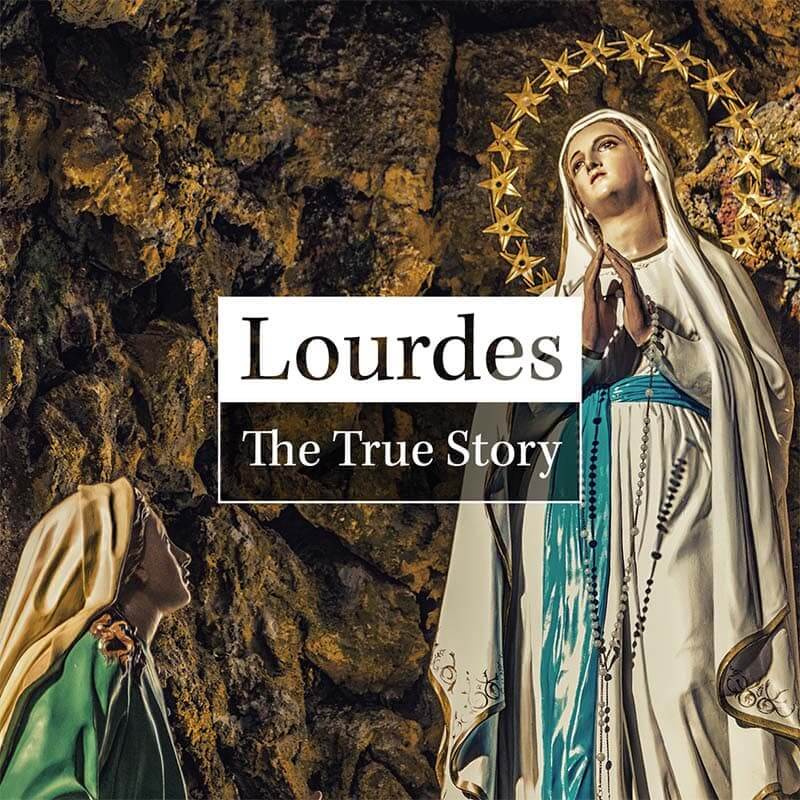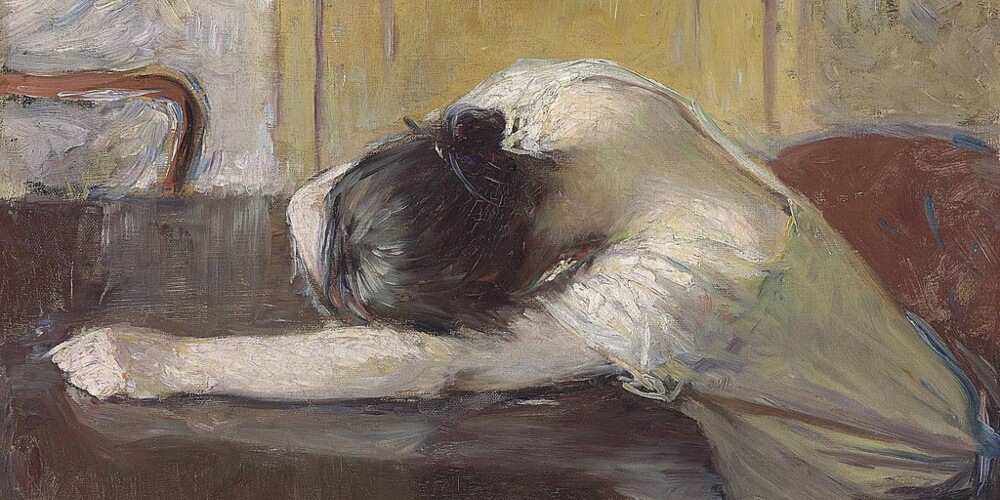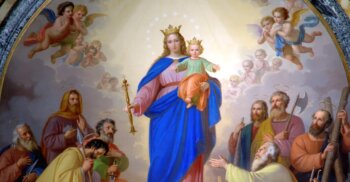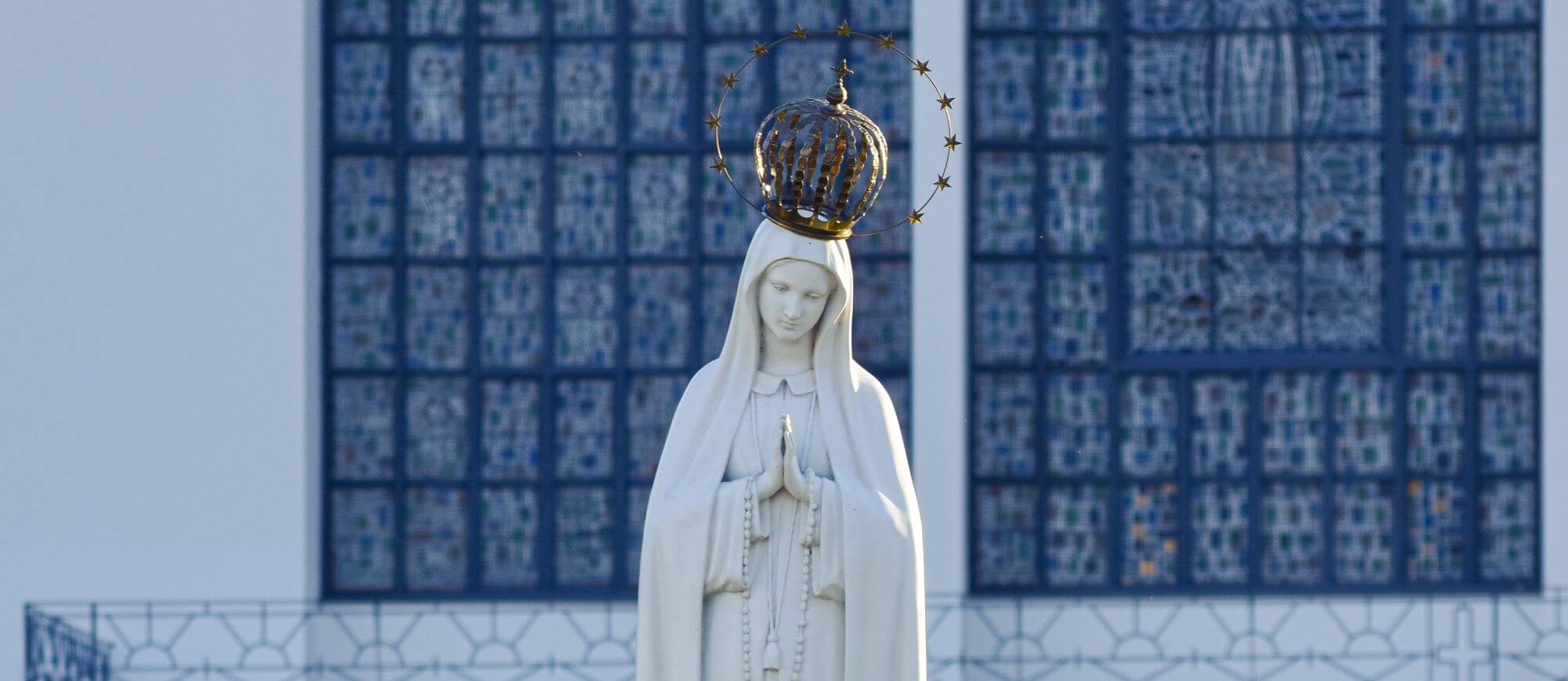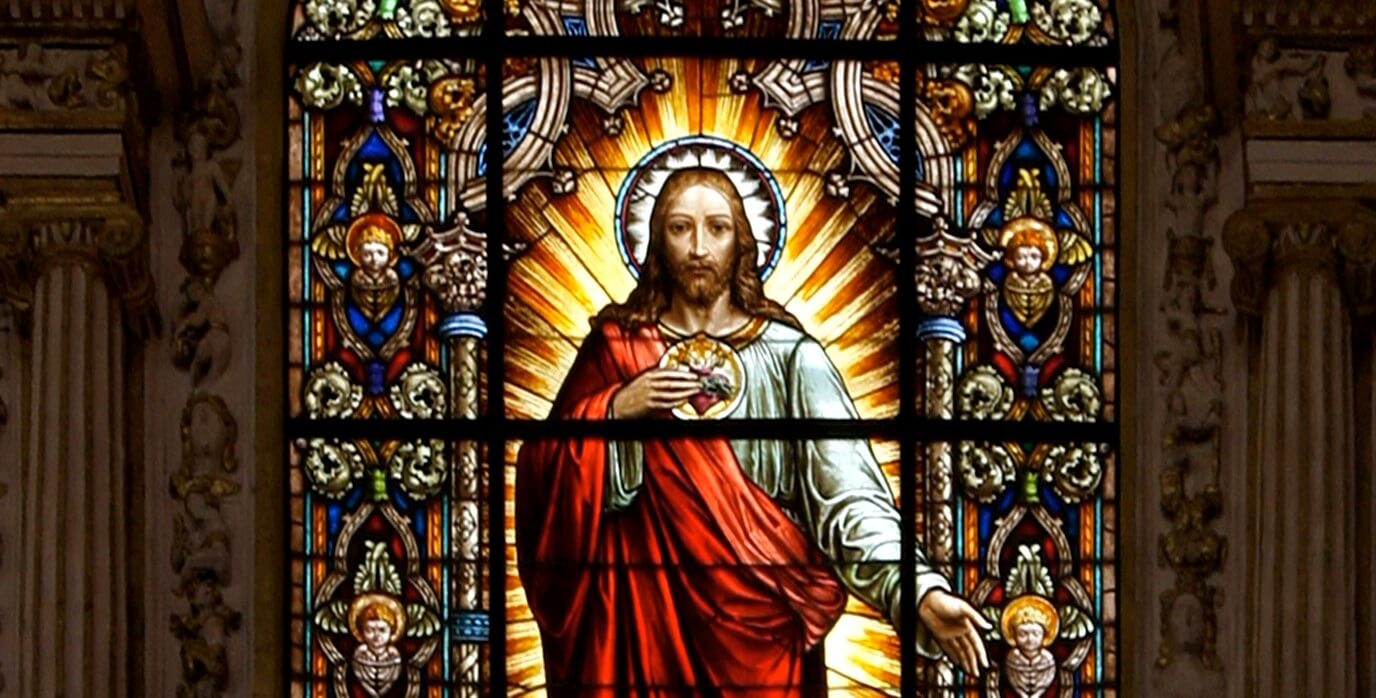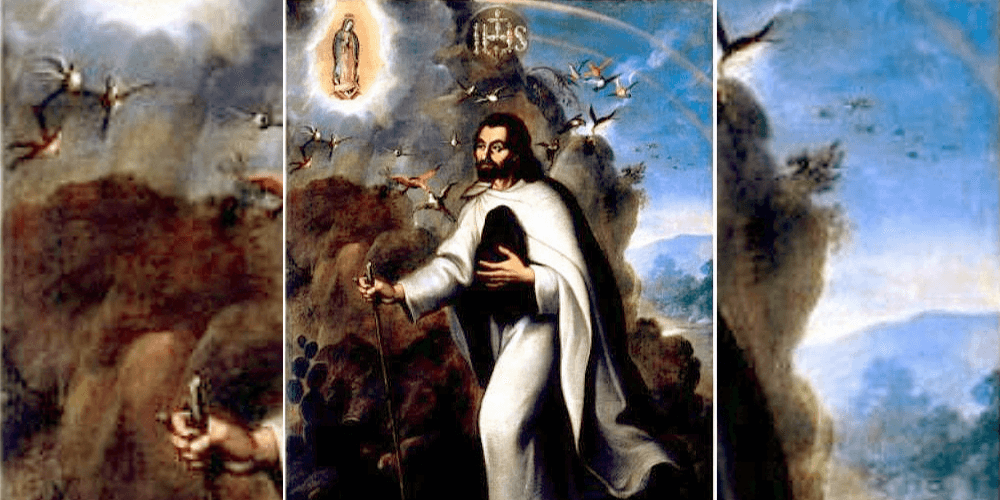
The following article is taken from Lesson 8 of the Good Catholic series Lourdes: The True Story.
She is God’s. She belongs to God in a perfect way to the extent that she is as if a part of the most Holy Trinity, although she is a finite creature. Moreover she is not only a “handmaid,” a “daughter,” a “property,” a “possession,” etc., but also the Mother of God!
St. Maximilian Kolbe, writing on the Immaculate Conception
When Our Lady finally gave her name to St. Bernadette, she did not say “I am Mary of Nazareth” or even “I am the Mother of God.”
She said “I am the Immaculate Conception.”
These words are the last that Bernadette ever heard from the Blessed Mother, and they constitute the apex of the message of Lourdes.
If we hope to understand Lourdes, we must take the time to truly evaluate this last message.
“I am the Immaculate Conception.” What does that mean?
The Marian Dogma of the Immaculate Conception
First, we’ll start with the definition.
The dogma of the Immaculate Conception states that Mary was conceived in her mother’s womb without the stain of original sin upon her soul.
But even those among the faithful who know this definition and believe it do not usually understand why it is an essential and indispensable part of our faith.
Why is it important that Mary was immaculately conceived in her mother’s womb?
The answer lies in the identity of Christ. The Immaculate Conception is, in part, a clarification of how Mary—a humble human being—could be the Mother of the all-holy God.
After all, mankind is fallen. Each person inherits original sin from parent to child, going back to the sin of Adam and Eve.
Wouldn’t Mary, then, also inherit original sin? And if she did, how could she give birth to the Son of God? For God is holiness itself, and cannot coexist with sinfulness.
This question has led some to reject Christ’s humanity; others His divinity. But rejecting either one of these fails to understand God’s identity and cheapens His loving generosity.
Yes, the Word became Flesh. Yes, God was born of a woman. But to keep the purity of God unsullied, the woman who conceived Him could not be stained by any sin. How was this done?
The answer is that Mary was spared from original sin because God applied the graces of Her Son’s suffering to her preemptively (in other words, in advance—knowing that these graces would come to fruition) at the moment of her conception.
Just as the redemptive power of Christ’s suffering is transported over time and space to each of us in Baptism, so too was this salvific power miraculously transported to Mary at the moment of her conception.
Therefore, she was conceived immaculate, able to give birth to the Second Person of the Trinity and be a pure tabernacle for Him.
That is why the Immaculate Conception is an essential part of Christian belief: it reveals the identity of Christ
To reject this dogma is to have an incomplete, and incorrect, idea about God. Likewise, to know Our Lady is to know Our Lord.
And that is why the words Our Lady said to Bernadette are so important:
“I am the Immaculate Conception.”
Ineffabilis Deus
The dogma of the Immaculate Conception has always existed within the teachings of the Church. We see the kernels of the dogma in Scripture (particularly Revelation 12) and in the teachings regarding Mary’s Assumption and in many of the theologians, both Eastern and Western, prior to the Great Schism of 1054.
In the thirteenth century, Blessed John Duns Scotus was a remarkably skilled defender of Mary’s Immaculate Conception. Two centuries later, the Council of Trent affirmed the Blessed Mother as a clear exception to the continual proclamation that “all men are born infected by original sin.”
Although the Immaculate Conception has always been in Catholic Tradition, it was not solemnly defined as a necessary part of Christian belief until 1854—just four years before Our Lady appeared to Bernadette—when Pope Piux IX wrote the encyclical Ineffabilis Deus.
In this letter, the Holy Father traced the story of our salvation from the Garden of Eden to the present age—and provided a much greater summary of the doctrine within ecclesial history than we can offer here.
Furthermore, he affirmed the Immaculate Conception as a central part of God’s plan of salvation:
God ineffable—whose ways are mercy and truth, whose will is omnipotence itself, and whose wisdom “reaches from end to end mightily, and orders all things sweetly”—having foreseen from all eternity the lamentable wretchedness of the entire human race which would result from the sin of Adam, decreed, by a plan hidden from the centuries, to complete the first work of his goodness by a mystery yet more wondrously sublime through the Incarnation of the Word. […]
From the very beginning, and before time began, the eternal Father chose and prepared for his only-begotten Son a Mother in whom the Son of God would become incarnate and from whom, in the blessed fullness of time, he would be born into this world. Above all creatures did God so love her that truly in her was the Father well pleased with singular delight.
Pius IX, Ineffabilis Deus
The Holy Father went on:
We declare, pronounce, and define that the doctrine which holds that the most Blessed Virgin Mary, in the first instance of her conception, by a singular grace and privilege granted by Almighty God, in view of the merits of Jesus Christ, the Savior of the human race, was preserved free from all stain of original sin, is a doctrine revealed by God and therefore to be believed firmly and constantly by all the faithful.
Pius IX, Ineffabilis Deus
Heaven Confirms the Immaculate Conception
With all this in mind, we can now see the weight of the Lady’s words: “I am the Immaculate Conception.”
Not only did these words confirm the identity of the Lady as Mary, the Blessed Virgin and Mother of God, they also linked the events at Lourdes to Pius IX’s recent proclamation and the promulgation of the doctrine itself.
In addition, the apparitions at Lourdes help show us the ultimate purpose of the study of theology, of the disputations on the nature of God and the articulation of doctrine. The purpose of all of these things is relationship.
Mary did not come to Lourdes to weigh in on doctrine, saying, “Yes, I was conceived without original sin. Thank you for giving solid catechesis.”
She came to tell us who she is:
Her distinguishing name is not Mary — many others are thus called — but the name she received from God in eternity, before the world was — the name by which she will be distinguished from all other creatures for ever and ever — the name which no other creature will ever be able to claim — I am the Immaculate Conception…
“I am who am,” said God, “that is my peculiar name which no other being can claim.”
“I am the Immaculate Conception,” said the Virgin Mother of God to Bernadette, “that is my peculiar name which no other creature can ever possess.”
The Lily of Mary
Let’s close today’s session with the final words of Ineffabilis Deus, taking to heart the words of this Blessed Pope, and thinking of our Beloved Lady:
Let all the children of the Catholic Church, who are so very dear to us, hear these words of ours. With a still more ardent zeal for piety, religion and love, let them continue to venerate, invoke and pray to the most Blessed Virgin Mary, Mother of God, conceived without original sin. Let them fly with utter confidence to this most sweet Mother of mercy and grace in all dangers, difficulties, needs, doubts and fears. Under her guidance, under her patronage, under her kindness and protection, nothing is to be feared; nothing is hopeless.
Pius IX, Ineffabilis Deus
If you enjoyed this lesson from Lourdes: The True Story, click here to enroll in the full series!

